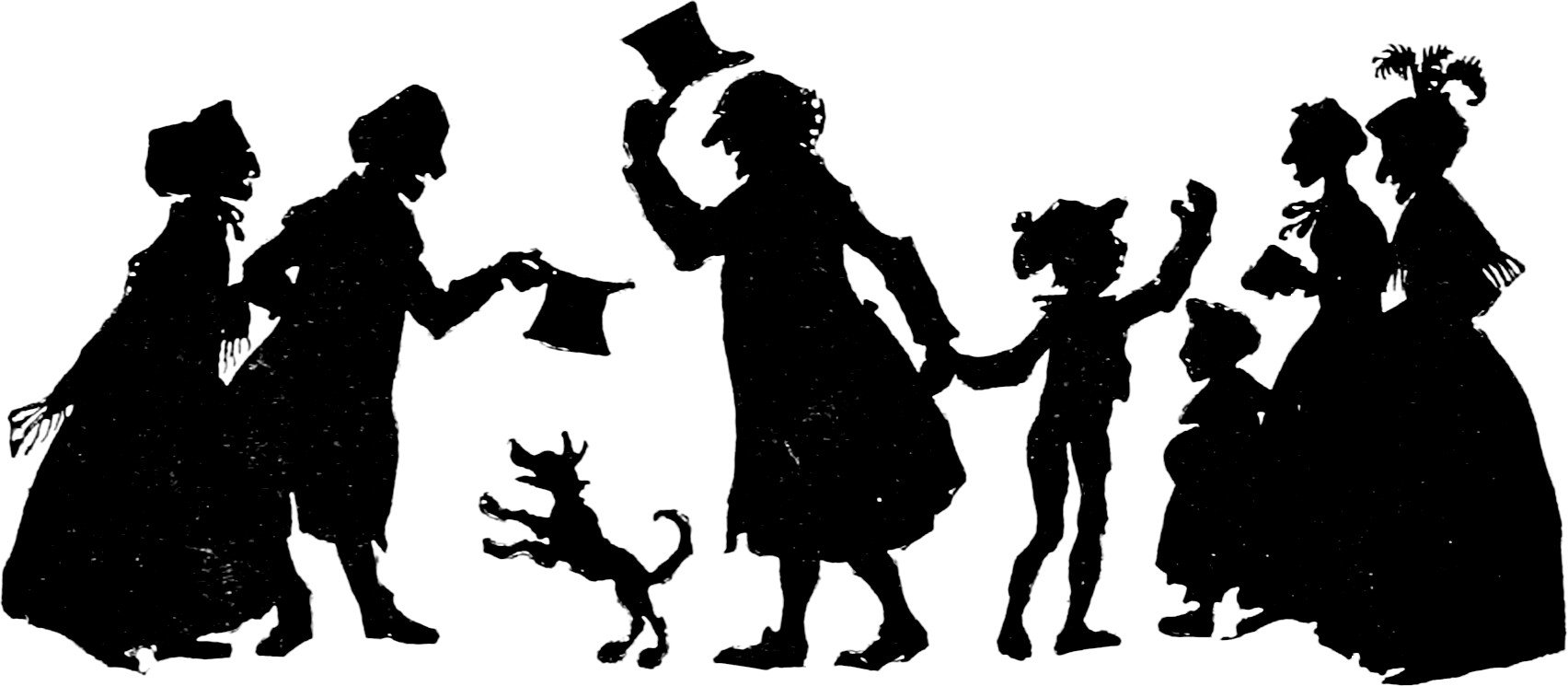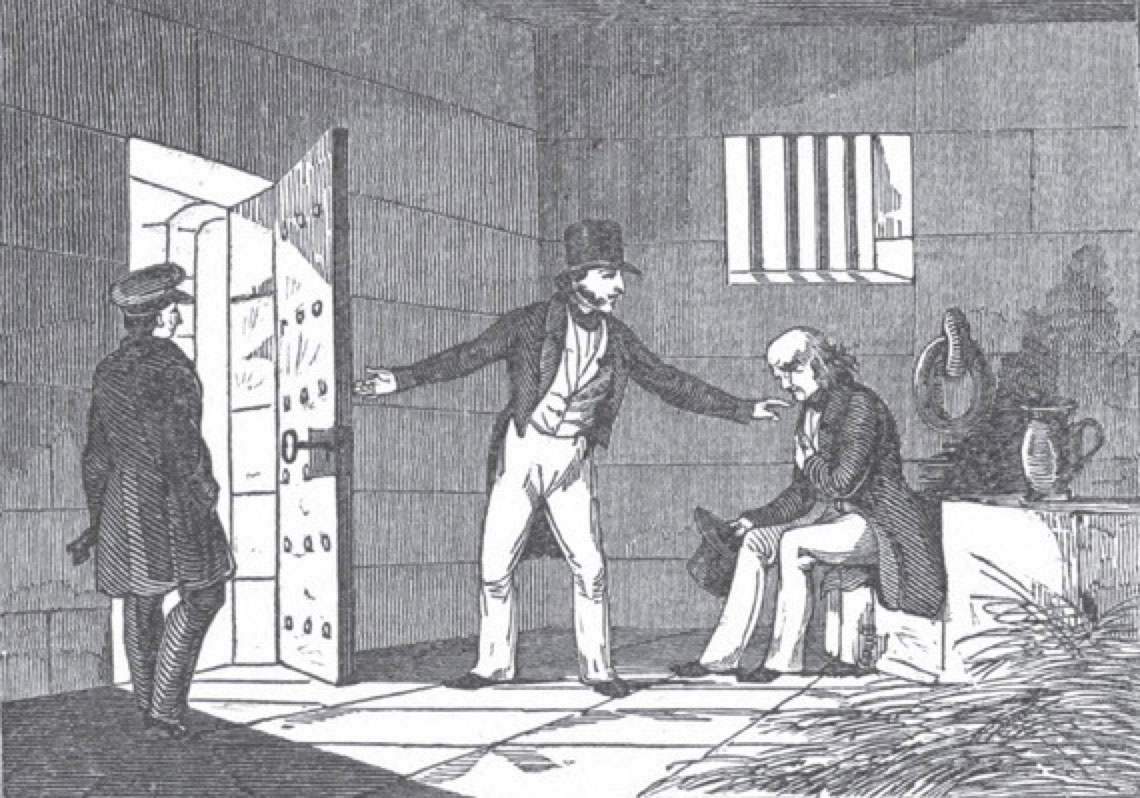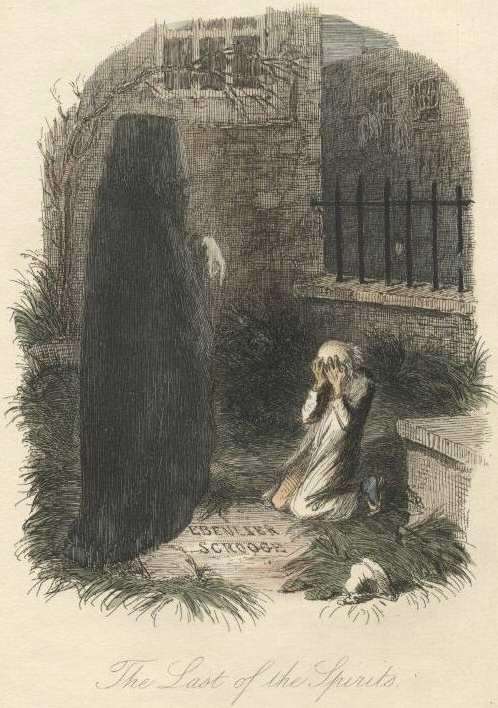Charles Dickens’s A Christmas Carol requires very little explanation and very little introduction. The Victorian tale has become a staple of the Christmas holiday, much like the Grinch or Santa Claus.
You’d be surprised how often you might blurt out “Bah Humbug!” to someone who might not share your levels of excitement and enthusiasm when December comes.
While many people may hail it as one of the definitive Christmas tales to either read or watch, many also forget that it’s first and foremost a ghost story–and one with all the subtle cadences of gothic horror.
Dickens himself even described the tale as “a ghost story for Christmas.”
While the ghosts play an integral part in changing Ebenezer Scrooge’s character, they also play a more nuanced role that is perhaps even more integral. They represent the mind of the author: his life, his thoughts, and his fears.
Scrooge’s ghosts are Dickens’ ghosts.

The Ghost of Christmas Past is the first spirit to visit Scrooge, showing him moments of his past that, in turn, would shape the cold and hollow man that he would become.
This Ghost very much represents memories more than it represents history. The glow of its head, almost like a flame, almost as if it’s illuminating the past, making them more clear, making the memories more clear to Scrooge. With light comes the casting of shadows. Memories and the past are shadows of our former selves, casting who we were into the light.
The Ghost is described as both young and old, youthful face mixed with long white hair. Is that not like memories?
Memories often have a way of leaving our minds, almost as if they are extinguished like a flame. They are no longer illuminated and clear. How interesting to see the Ghost holding a candle cap, only for Scrooge to destroy him, no longer wishing to see the memories set before him. Extinguishing them even.

And what are the memories that Ebenezer sees before him?
A young boy alone for Christmas in a boarding school until his sister Fan fetches him to take him home for the holidays.
Not unlike Dickens himself, forced to live alone and work in a shoe blacking factory to provide for his family while his father stays in debtor prison. That is until his father can be released and Dickens can return home to his family.
Plus, there’s the fact that Dickens’ sister’s nickname was Fanny.
The Ghost of Christmas Past. Not just Scrooge’s past, but Dickens’ too.

Interesting, too, that we see Scrooge as a young man being rejected by his love due to his greed. His love of money is more than his love for his beloved.
This Scrooge may either be a representation of Dickens, his father, or both. Not to say that either are greedy, but Dickens’ father did have issues with money; he did end up being put in a debtors’ prison. Dickens himself became careful with his money, not wanting to become like his father. Scrooge is merely an over-exaggeration of both men’s endeavors with finances.
The second spirit to visit Scrooge is the Ghost of Christmas Present, showing him a series of festivities and jovial Londoners on Christmas Day. They also see the impoverished Cratchit family who, despite their lack of money, still manage to have a happy Christmas.

The Ghost of Christmas Present is a giant of a man donning a green robe, a great beard, and a crown of holly. Scrooge first sees him on a massive throne of a Christmas feast. The Ghost’s appearance is that of the English personification of Christmas, or Santa.
But it is easier to see him as a personification of Christmas. In fact, he is Christmas itself. He shows Scrooge all the warmth and good-heartedness and togetherness that Christmas provides. It is a time to celebrate one another.
The Ghost of Christmas Present is the Christmas Spirit as it were, and it makes sense why he does represent the present. The here and now.
The present should be celebrated like Christmas. It is that influx of time where we are always existing and always being. It should be celebrated and enjoyed at that exact moment because, before you even realize it, the present is gone. It’s why the Ghost ages so rapidly.
And, Christmas can be like that too. There one minute, gone the next. After everyone has unwrapped their gifts, that feeling of Christmas disappears. That is why we must cherish it until that very last second.
It’s what the Cratchits do, saving their Christmas until the very last second.
Before the Ghost leaves, he shows Scrooge two impoverished children named Ignorance and Want hidden within his robes. Slightly less subtle than other facets in the story, but the message is still there.
Within the merriment and liveliness of Christmas, there lies the sour grape of ignorance and want. Ignorance of those in need, in need of a home, food, and warmth, while we use Christmas as an excuse to buy material things and wants. All the while, people starve and die.
It is bleak, as it should be. Dickens’ was an advocate in helping the poor and the needy. He knew a life of grueling conditions. He knew what it felt like not to have money. Before writing the novel, Dickens saw the conditions that children were working within tin mines. It was what inspired him to write this.
He wanted to show that the lower class did exist, and they were just as human as any of us.
And that they needed help.
Of course, what did the man think of Christmas in itself? As if the Ghost of Christmas Present didn’t make it clear enough, this is what Dickens has to say about Christmas:
"A good time. A kind, forgiving, charitable, pleasant time. The only time I know of in the long calendar of the year, when men and women seem by one consent to open their shut-up hearts freely, and to think of other people below them as if they really were fellow-passengers to the grave, and not another race of creatures bound on other journeys.”
Charles Dickens, like his Ghost, is the Christmas Spirit.
The Ghost of Christmas Yet to Come, shrouded in black, does not speak to Scrooge, only points to where he needs to. Scrooge sees vagrants pawning off a dead man’s things, thankful and almost celebrating his death. Here, Scrooge learns of his own death, resulting in the death of Bob Cratchit’s son, Tiny Tim. Scrooge vows to change his ways and become a better man not only to himself but for others as well.

Perhaps the most well-known spirit of the three, this Ghost represents death. It shows Scrooge his grave, his death, and Tiny Tim’s death.
One may stop to ask why it is called the Ghost of Yet to Come if it is death? What does the future lie for all of us one day, regardless of what happens a day from now or twenty years from now? When it comes to those, all of our’s are the same.
Death. Our future is death.
Death for many, as it is for Scrooge, is quite a substantial fear. Some of us fear what life after Death might possibly be. What happens? Where do we go? Others fear that they will die before they can do everything they want to do in life. Winter is often connected to death as well, people dying from the cold and sickness.
It would be easy to believe that this is a manifestation of Dickens’ fear of death.
But this is what he has to say about it:
"Death is a mighty, universal truth. It is an exquisite and beautiful thing in our nature, that, when the heart is touched and softened by some tranquil happiness or affectionate feeling, the memory of the dead comes over it most powerfully and irresistibly.”
Perhaps not as fearful as we may think. Then why include these terrifying thoughts of death?
Perhaps as a reminder. It is a reminder that we will all face death at some point in our lives and that it shouldn’t be something to be afraid of. Or perhaps it is used as a scare tactic, a way for people to change their ways like Scrooge before it’s too late.
For in death comes judgment. Judgment of whether our time on Earth grants us salvation in paradise or damnation in misery.
If that were the case, you’d know people out there would be a little less ignorant and wanting and a little more charitable.
Perhaps that was the carol Dickens was singing all along.